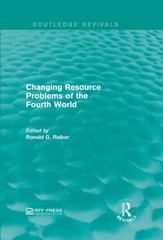Answered step by step
Verified Expert Solution
Question
1 Approved Answer
Country Hours worked per Employee Wage/hour US 1,789 20.54 . South Korea 2,163 18.35 Netherlands 1,383 29.05 Turkey 1,855 9.23 Mexico 2,226 4.96 Source: Core

Step by Step Solution
There are 3 Steps involved in it
Step: 1

Get Instant Access to Expert-Tailored Solutions
See step-by-step solutions with expert insights and AI powered tools for academic success
Step: 2

Step: 3

Ace Your Homework with AI
Get the answers you need in no time with our AI-driven, step-by-step assistance
Get Started


